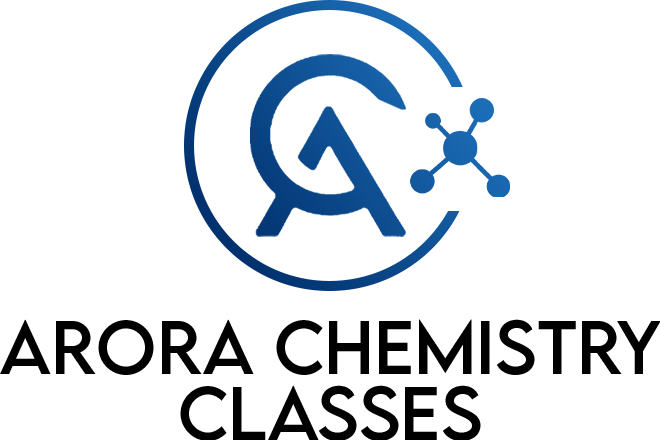
Arora Sir is a chemistry expert who has devoted more than two decades to educating students in his beloved subject. With his vast expertise, he has effectively instructed over 1000 students and assisted them in reaching their academic aspirations.
Copyright © 2023. Arora Chemistry Classes. All Rights Reserved. | Powered by Growth Magnate
